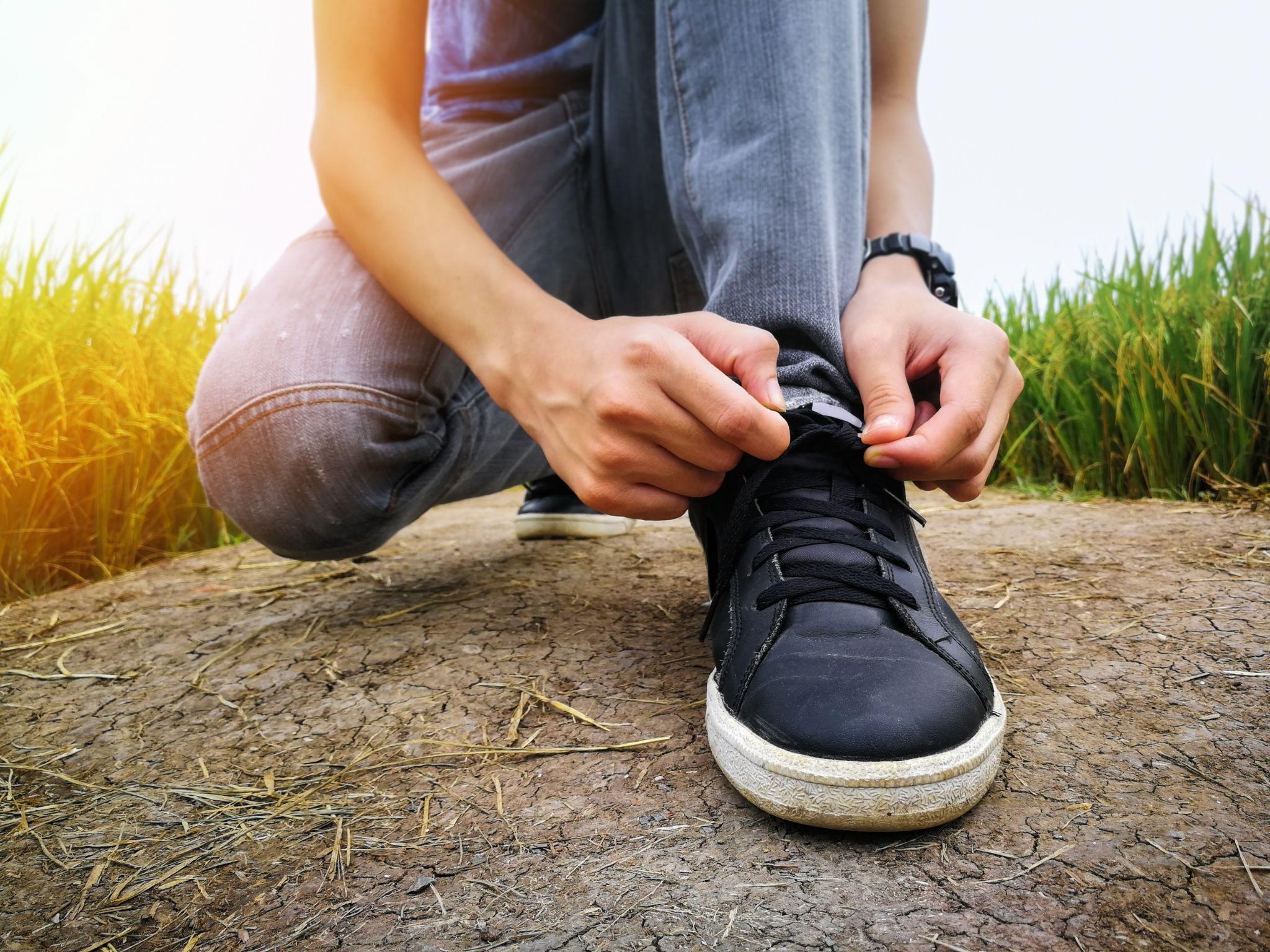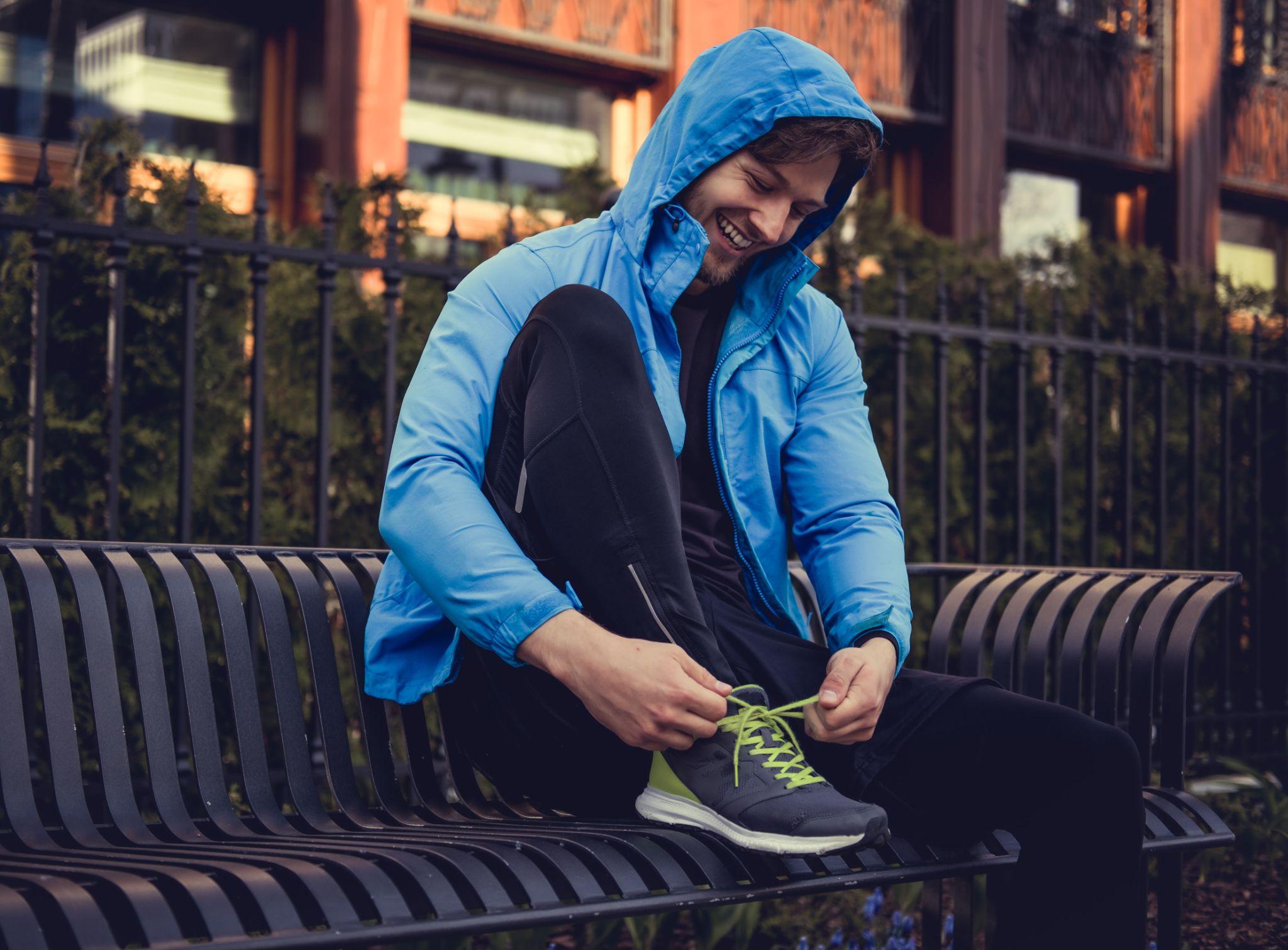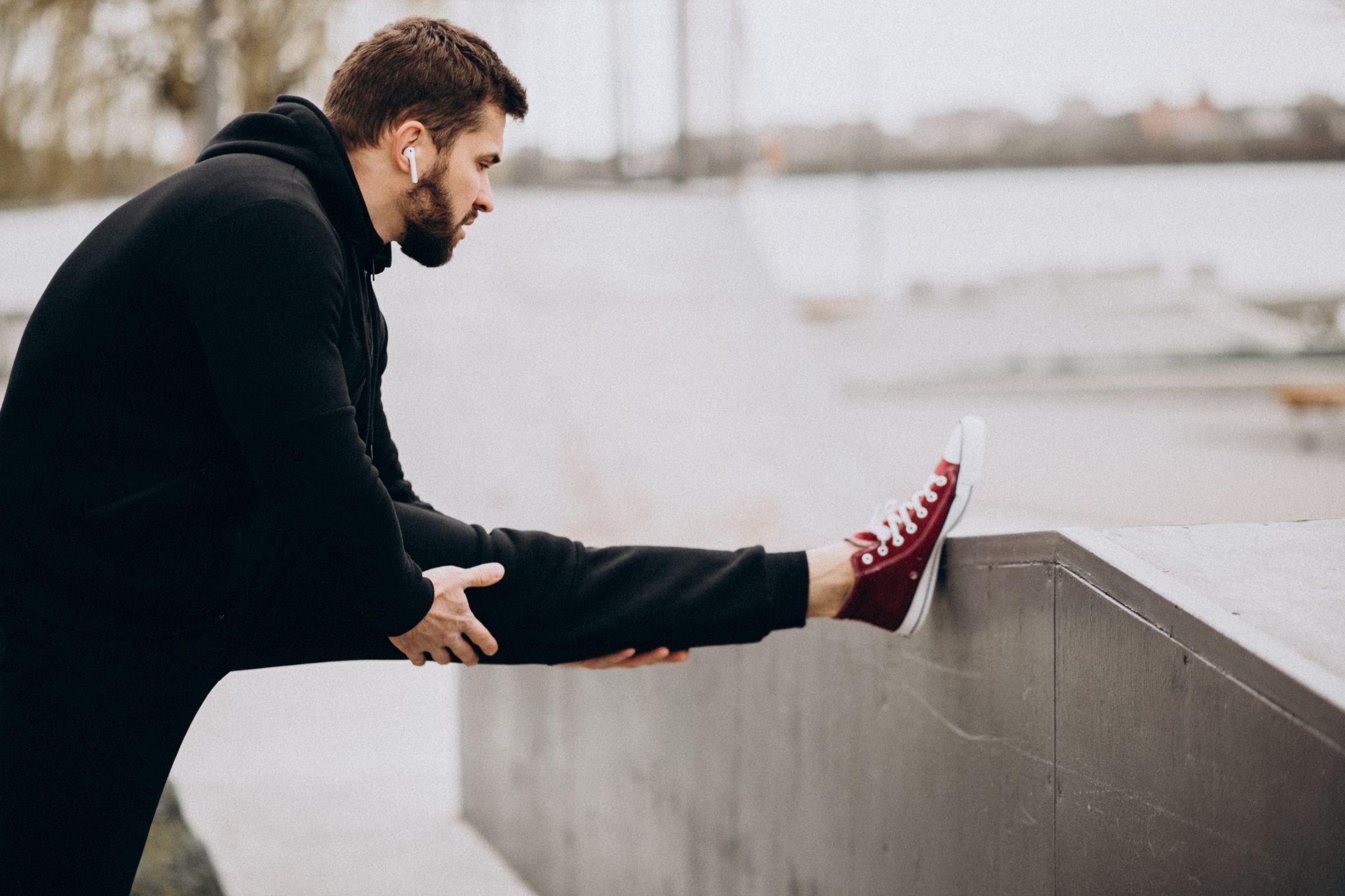Footwear Guide: Top Shoes for Knee and Hip Patients

Supportive shoes with cushioned soles reduce impact on sensitive knees and hips.
Knee and hip issues are two of the most prevalent conditions that can affect individuals of any age. While age, injury, or arthritis might be able to excuse it, there is one factor that is usually not given enough attention - shoes. The shoe you wear can be in a position to influence your posture, balance, and how your body functions.
The improper footwear exacerbates hip and knee pain. Shoddy shoes subject joints to excess stress, induce an odd walking gait, and even lead to posture problems in the long run. However, proper shoes alleviate pain, boost movement, and even save your joints from forces while performing everyday tasks.
Below, we will discuss:
- How do shoes influence the health of knees and hips?
- What to do when purchasing shoes?
- The top shoe types and top brands
- Typical pitfalls to avoid
- Lifestyle guidance to go with supporting shoes
When you're finished, you'll have an idea of what to seek out in the top shoes for knee and hip pain for your lifestyle and budget.
How Footwear Affects Knee and Hip Health
Appearance is only the tip of the iceberg; shoes play an essential part in aligning the body. As you walk, run, or even just stand, the shoes on your feet are the reference point for the rest of the body.
How shoes influence knee and hip health:
- Walking Posture and Balance: Shoes change the manner in which your foot hits. Without support, your hips and knees will twist out of place and be painful. Supportive shoes help maintain good posture and promote even walking.
- Shock Absorption: Pressure goes through your ankles, knees, and hips with each step. Cushioned shoes absorb the shock, lessening the load on your joints.
- Body Alignment: Flat or supportive shoes cause your feet to turn inward or outward (problems with pronation). This misalignment is transmitted through the knees and hips. Proper footwear keeps all in line.
In short, good shoes can be a buffer to your joints, while poor shoes can contribute to pain and stiffness.
What to Look for in Shoes for Hip and Knee Patients
If you are experiencing knee or hip pain, not all shoes in the store will be of much help. Some features are particularly significant:
- Decreases stress on hips and knees. Supports walking or running.
- Prevents excessive rolling in or out of your foot.Supports proper joint position and alignment.
- A stiff sole stops unwanted movement. Stability decreases in falling or twisted joints.
- Lighter-weight shoes put less strain on the joints. Less complicated to wear every day, particularly for elderly patients
- Does not allow for toes to become cramped. Reduces pain for individuals with bunions or arthritis.
- A drop of less than 8 mm encourages natural movement of the foot. Decreases the strain on the knee from high heels
By taking these considerations into account, you can select shoes that not only fit well but also, in a positive sense, keep your knees and hips healthier.

Orthopedic shoes provide proper alignment, easing joint stress during walking.
Best Shoe Types for Knee and Hip Patients
Not all types of shoes are ideal for knee and hip pain. Some of the best among them are:
Walking Shoes
Designed to be worn every day for comfort. It provides cushioning and support. Suitable for patients with light activity or regular walking
Good Cushioning Running Shoes
Even for non-runners, they are ideal for joint protection. Manufacturers make them with shock absorption in minutes. For individuals who walk extensively or are active
Orthopedic Shoes
Ideal for patients with joint issues. Offer additional arch support and stability. For patients who have arthritis or chronic pain
Slip-On Supportive Shoes
Easy to apply for older patients. Still provides cushioning and arch support. Easy to wear both at home and outside.
Sandals with Arch Support
Perfect for hot climates. Should have a cushioned sole and a contoured footbed. Steer clear of flat flip-flops, which have no support.
Footwear Blunders to Avoid
Just because a shoe is stylish doesn't mean that it's good for your joints. Stylish mistakes are:
High Heels
Don't cause knees and hips to stress. Alter body stance abnormally.
Flat Shoes with Zero Arch Support
Provide no shock absorbers on. May lead to long-term joint and foot problems
Worn-Out Soles
Decrease cushioning and support. Make an uneven gait and create pain.
By avoiding these errors, knee and hip pain won't worsen.

Proper footwear reduces limping, which prevents secondary hip and back issues.
Lifestyle and Care Tips Beyond Good Footwear
Shoes are just part of joint care. For healthy knees and hips, combine good footwear with good habits:
- Extra weight loads the hips and joints. Weight control decreases the load on joints.
- Cycling, yoga, and swimming maintain joint flexibility without weight gain. Strengthen hip and knee supportive muscles.
- Daily stretch hamstrings, quadriceps, and hip flexors. Increases range of motion and decreases stiffness.
A combination of well-fitting shoes, exercise, and an ideal weight can significantly enhance joint health.
Conclusion
Selecting the proper shoes for knee and hip pain can make a big difference in altering your lifestyle. Pain-reducing supportive shoes reduce pain, enhance walking comfort, and avoid future joint issues. Although stylish shoes are beautiful, under any circumstances, prioritize comfort, cushioning, and stability if you suffer from joint conditions.
If pain persists despite the use of supportive shoes, consult a doctor or physiotherapist. Don't forget: good shoes mean less pain, more mobility, and more independence for daily activities.
Frequently Asked Questions
1. What type of shoe is best for knee pain?
Cushioning, arch support, and shock-absorbing shoes are best for knee pain. Soft midsole walking shoes or running shoes decrease the stress on joints.
2. Do ill-fitting shoes cause knee and hip pain?
Yes. Ill-fitting, unsupported shoes can alter body position, stress the joints, and exacerbate knee or hip pain in the long run.
3. Are flat shoes suitable for knee and hip patients?
No. Extremely flat shoes are not supportive. Patients should select shoes with arch support and cushioning to maintain healthy joints.
4. Are orthopedic shoes truly therapeutic for knee and hip pain?
Yes. Orthopedic shoes are made to stabilize, correct, and comfort. They take pressure off knees and hips when walking or performing activities of daily living.
5. How often must one replace shoes when having knee or hip pain?
Experts suggest replacing shoes every 6–8 months, or sooner if the soles show signs of wear. Faulty shoes do not provide adequate support and can lead to increased joint pain.
6. Is it a valuable insole for knee and hip pain?
Yes. Orthotic insoles provide additional support, aligning the feet properly and placing less stress on the hips and knees.